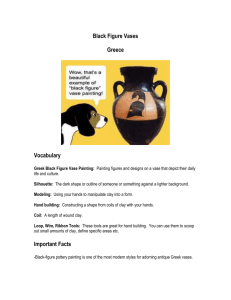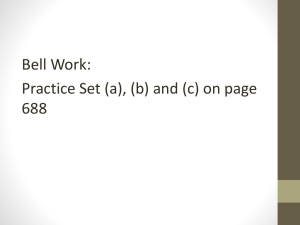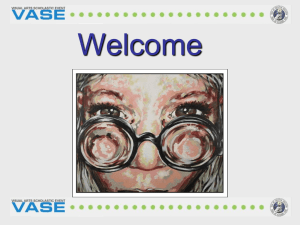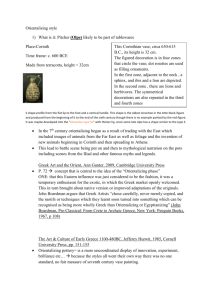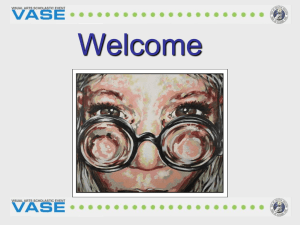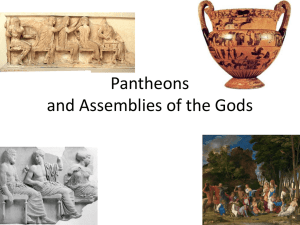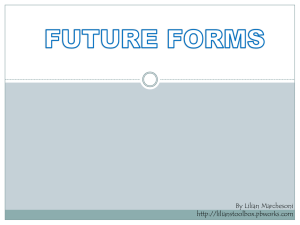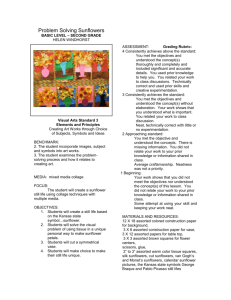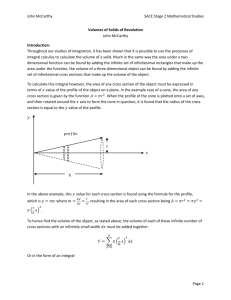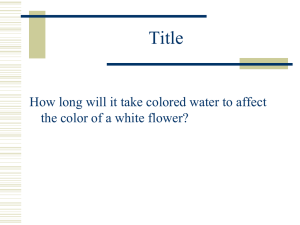Self Evaluation
advertisement
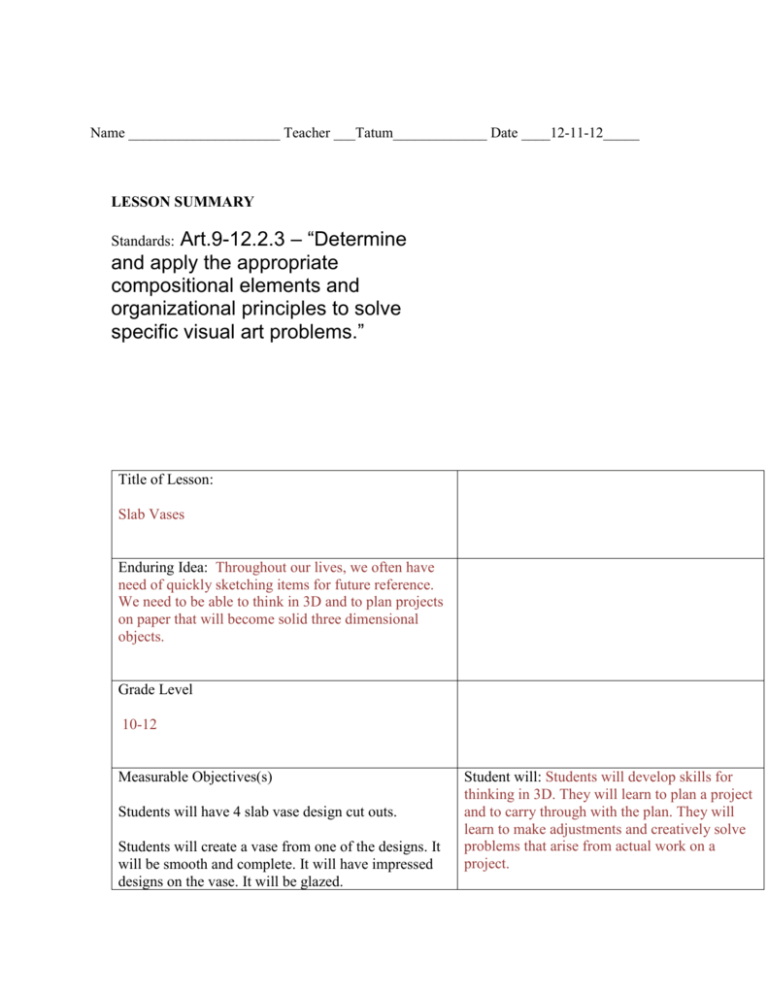
Name _____________________ Teacher ___Tatum_____________ Date ____12-11-12_____ LESSON SUMMARY Art.9-12.2.3 – “Determine and apply the appropriate compositional elements and organizational principles to solve specific visual art problems.” Standards: Title of Lesson: Slab Vases Enduring Idea: Throughout our lives, we often have need of quickly sketching items for future reference. We need to be able to think in 3D and to plan projects on paper that will become solid three dimensional objects. Grade Level 10-12 Measurable Objectives(s) Students will have 4 slab vase design cut outs. Students will create a vase from one of the designs. It will be smooth and complete. It will have impressed designs on the vase. It will be glazed. Student will: Students will develop skills for thinking in 3D. They will learn to plan a project and to carry through with the plan. They will learn to make adjustments and creatively solve problems that arise from actual work on a project. Essential Questions Can you draw sketches that you have thought of in your head? Can you make a 3D object from that sketch? Can you carry through a complete a finished project. Resources & Materials http://www.youtube.com/watch?v=XVRkHQuYNVs http://www.youtube.com/watch?v=VCPQm5s2SSQ Newspaper, scissors Newspapers Clay Clay tools Bats, paper towels, plastic bags Kiln Activities/Sequence 1. Watch several YouTube videos on creating a clay mask. 2. Cut out 4 designs for vases as in video. 3. Choose the best one. 4. Make a slab of clay by throwing it repeatedly onto the table. 5. Cut out two pieces for the front and back of the vase using your pre-made template. 9. Attach sides using scoring and slip. 10. Smooth all surfaces of the vase. 11. Put name, date and project number on the bottom. 12. After piece is fired, glaze appropriately to enhance the overall effect of the vase. Assessment Rubric Rubric for Excellent Ceramics – Slab Clay Vases Required criteria: ____ Project shows evidence that student has progressed significantly from first three projects. (Worth 2 points.) * Structure: ______No cracks. ____ Vase has a smooth even lip. Edges are not sharp, uneven or rough. ____ Walls are uniform thickness. ______ Vase is not be warped. ______ Vase has a solid footing and sits without rocking and rolling. ______ Areas joined are joined neatly without cracks or visible seams. Applied designs do not fall off. Design: _______ Integrate three or more of the following elements of design into the project: shape, line, space, texture, repetition, balance, movement, emphasis, variety, contrast, color. _______ Design expresses a feeling, communicates a mood or idea, or is pleasing to the eye. _______ Surface decoration enhances or complements the form of the vase. Glaze: _______ Glaze is uniform in coverage. _______ Bottom of the vase should be glaze free. _______ Glaze is free from defects (pin holes, crawling, blisters etc.). _____ Glaze enhances or complements the design of the project. (I.e. transparent glazes should be used for a carved or impressed design. Special surface treatments: _____ Special surface treatments include two or more of the following: incised, impressed, cutout, sgraffito, applied designs, multiple glazes, etc. _____ Treatment demonstrates an understanding of the method of special surface treatment being used. _____ Treatment demonstrates craftsmanship and creativity in the execution of the method used. _____ Surface treatment enhances the overall design of the project. Self Evaluation: _____ Student correctly evaluated 13 out of 18 the items above. ______Student Reflection(Worth 75 pts.)

